
The Role of Anodes in Protecting Boats and Ships from Corrosion
Making the correct choice of sacrificial anodes for your boat or ship requires consideration of the type of water it will be in, the type of surface coating, and the specific components that need protection, such as the hull, propeller, rudder, and trim tabs. The type of water environment is critical when choosing the right material for the anodes to ensure effective protection against corrosion. If you are unsure about which type of anode best suits your needs, or if you need customized advice for your unique situation, you are welcome to contact us for guidance.
Anodes for Freshwater, Brackish Water, and Saltwater
Freshwater
Due to its strong inability to become passive and high driving voltage, magnesium anodes are perfect for environments where there is a high resistivity in the electrolyte. The levels of corrosion in freshwater are often less severe than in high salinity, but this does not mean that cathodic protection is not necessary. For freshwater environments, we would recommend magnesium anodes.
Brackish Water
In brackish water, zinc or magnesium is often used. Preferably magnesium if you are unsure about the salinity. Brackish water is often more challenging to determine suitable anodes for due to its fluctuation in resistivity, pH, and bacteria (to name a few), and more detailed measurements should be made before deciding which anodes to use.
Saltwater
Both zinc and aluminum work well in saltwater. However, aluminum is much more effective regarding a higher salinity level. It requires about 1/3 of the weight to protect the same area. So, if you find yourself in environments with high salinity and low contamination (contamination can cause aluminum anodes to become passive), our recommendation would be to use aluminum anodes.
Navigating the World's Waters
Freshwater, brackish water, and saltwater constitute the different types of water environments on Earth, each with its own distinct salinity and ecosystems.
Brackish water is where freshwater and saltwater meet and mix, such as in estuaries, creating unique ecosystems with species adapted to varying salinities. An example is the Baltic Sea, known for its brackish water. In brackish water, one most often sees smaller leisure boats, service boats, fishing boats, and smaller passenger ships.
Saltwater is found in oceans and seas, with a salinity of about 3.5%. It constitutes the majority of the Earth's water. Example: The Pacific Ocean. Here, we find a wide variety of vessels – from massive container ships and cruise ships to military warships and deep-sea fishing boats.
Freshwater is found in rivers, lakes, and groundwater. It is characterized by a low salinity, under 1%. Here, one most often finds riverboats, leisure boats, small passenger ferries, and sometimes smaller commercial vessels. However, in the North American Great Lakes, larger vessels such as cargo ships and tankers navigate.
For further questions or inquiries, you can read our FAQ here or contact us.


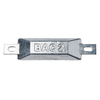
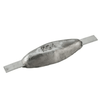


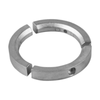


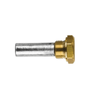
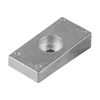

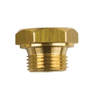
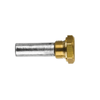

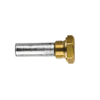




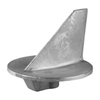
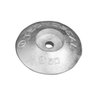

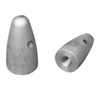
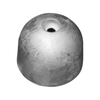





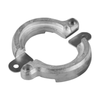
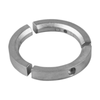
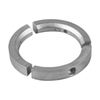
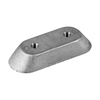
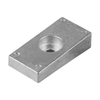


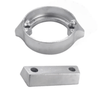

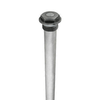


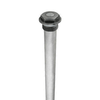
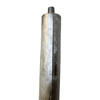
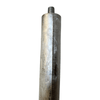
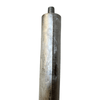

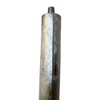

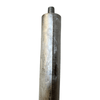
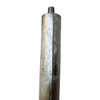
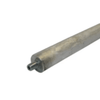



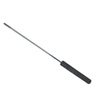


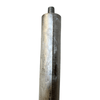
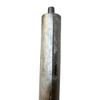

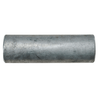
Leave a comment